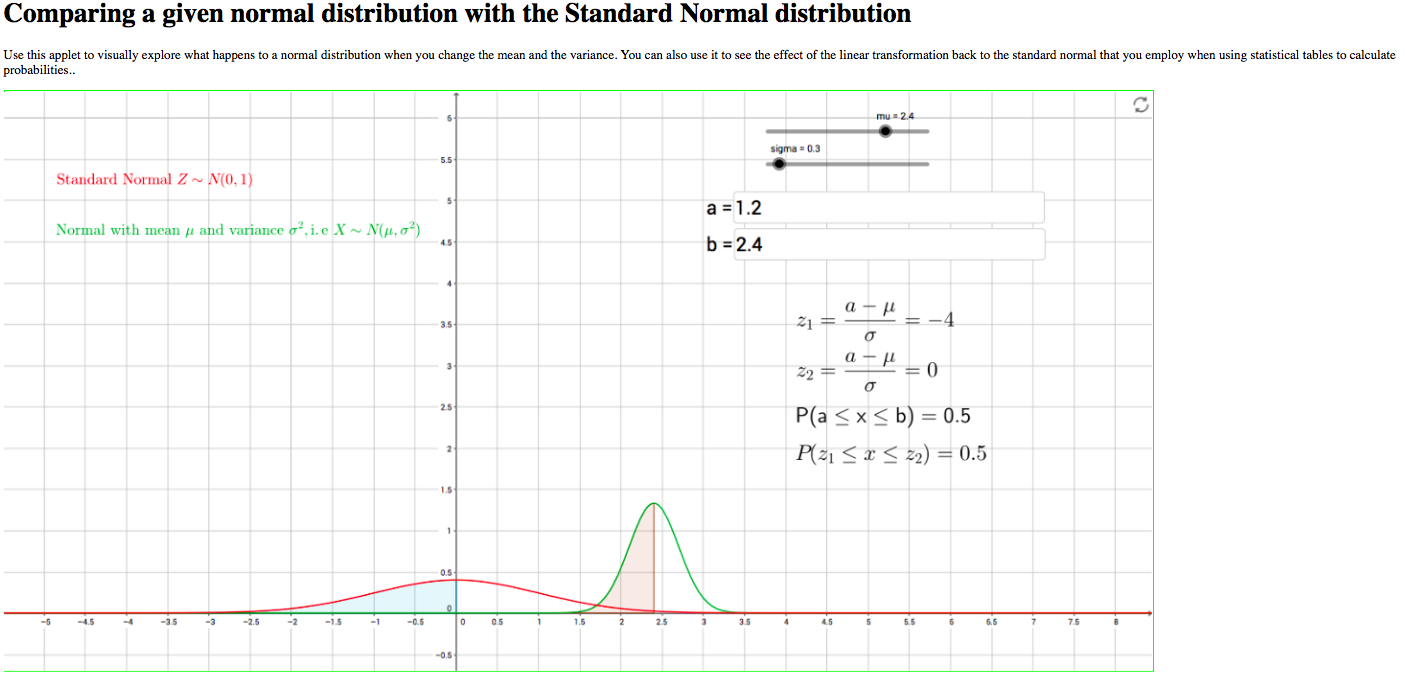It is my turn to host the Maths Teachers at Play blog carnival this month (check out the last edition hosted by Manan at MathMisery).
Tradition dictates that I start the post with some cool facts about the number 94, so here are a few:
- 94 is a Smith number. This means that its digit sum is the same as the sum of the digits of its prime factors. \(94 = 2 \times 47\) and \(9+4 = 13 = 2+4+7\).
- The aliquot sum of 94 is 50 since 94 has 3 divisors excluding itself, namely 1,2 and 47.
- 94 and the integers either side of it are all semi-prime.
- It is the 4th 17-gonal number, and so is a number of the form \(\frac{1}{2}(15n^2-13n)\).
- 94 is non-totient.
There were some great posts submitted this month, and in no particular order here they are (with a few additional posts that have read and thought were pretty cool!)
- Recently both the UK and the US have had lotteries with larger than usual rollovers. Manan (@shahlock) wrote this amusing post about the Powerball lottery to celebrate.
- Julie Morgan (@fractionfanatic) has shared this post on a “tried and tested task” as part of the #MTBoS12days blog challenge. In it she describes using RedAmberGreen tasks to level the challenge of questions on a topic.
- Lisa Winer (@lisaqt314) has shared this great post titled “Teaching (and Learning) Grit by Having Students Solve the Rubik’s Cube” where she describes watching the tenacity of students develop over solving the Rubik’s cube. I think this is a great side effect of a puzzle. In this article she also links to an article about an American teacher Dan Van der Vieren which I found interesting.
- In “Math Beyond the Textbook” Tracy Kmosko (@TrayKay11) submitted a post contains a load of links for various non-traditional materials for maths instruction. I particularly like the website about outdoor maths.
- Rodi Steinig has shared this lovely post recounting the conversations that took place during a “Math Circle” session with 15-16 year olds looking at the concepts of one-to-one correspondences and infinity. There have been a couple of other posts from her that follow on from this one here and here.
- “Learning too Teach” is the first in a series of 5 posts by Melanie where she provides a deeply personal reflection on a mathematics subject knowledge enhancement course she has undertaken during her training to become an elementary teacher. I really enjoyed reading this.
- Denise Gaskins (@letsplaymath) has shared the great animation by Tova Brown about Hilbert’s Hotel paradox. I hadn’t seen this before so thank you for sharing.
- Stuart (@sxpmaths) reposted this interesting piece on board games that hide maths well.
- Colleen Young shared two posts that have proved popular this month: one on using colour when teaching algebra (I was also interested to learn about the Trace Precedents feature of Excel) and this one on multiple choice questions.
- I found this post by John Trump on counting the legal positions in the game of Go fascinating.
- Two posts from “A Thomas Jefferson Education” have been shared. The first discusses “7 steps to Successful Math” and one more generally about teaching and learning mathematics.
- Stephen Cavadino (@srcav) wrote this short inspiring post on him giving an FP1 conics question to a non Further Maths student who successfully answered it.
That’s it for this month, make sure you check out the next one when it is posted which will be hosted at “Life Through a Mathematician’s Eyes“.

